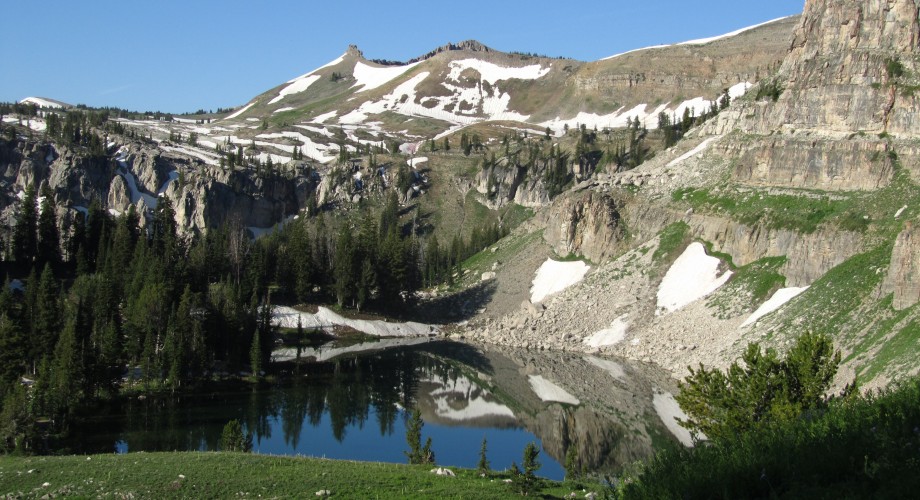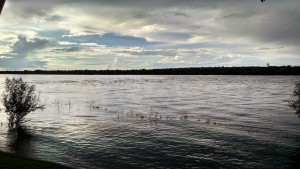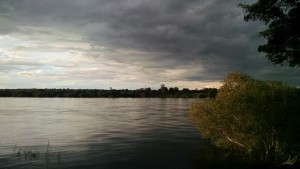Until this point, the two field teams have been going to the same place each day and investigating the same index case. But now that it’s been a few weeks and they are getting the hang of things, Kate and I decided to send the two teams to different places with one of us supervising each team and see how things go. My team returned to the school to finish testing the kids we didn’t have time for on Wednesday while Kate went with the other team to investigate a new case.
Things were much more orderly at the school and we didn’t have as much students left to test so it was much easier to get a good flow going. I even had a few moments to add some things to my to-do list! At the school alone we tested almost 60 people and identified one with malaria. The nurse prescribed the standard anti-malarial treatment and watched her take the first dose, sending the other doses home with her aunt who also works at the school. It’s a good feeling to know that so many people tested negative (although it’s difficult to say if there are any asymptomatic infections), but it’s such a resource intensive process that I wonder how cost effective it is (luckily there’s an economist on the project who is trying to answer just that question).
We finished at the school in about three hours and closed our first investigation! On the way back to the office we stopped by a village to follow up with a patient who reported an adverse event at a nearby clinic. Senior, one of the nurses, interviewed the woman and offered some advice, but the side effects were already getting better and there wasn’t much else that we could do other than give her a phone number to call in case things got worse.
For the first time that week we were back at the office before 5 pm and everyone was happy to leave work on time. Kate’s team came in a bit later but still before 5:30 so we considered it successful.
After work Kate and I went running and she showed me her usual loop which goes through town and to a dirt track. Kate has had a lot of knee problems and can only run slowly once a week so even though I was tired the 2.5 mile run wasn’t too exhausting. It is incredibly flat here so there are no hills to run up; you just have to deal with the heat and humidity which are a killer for me. The clouds were rolling in fast so it was good that the run was on the shorter side. Just 5 minutes after I got back the skies opened up and it poured! Just as I was about to meet Kate to go out to dinner, the power went out. We were planning on going to the Protea hotel for dinner since it’s the only other restaurant in town but when we drove by they also didn’t have power. Luckily there are two power grids in Katima so we drove to the other side of town and discovered that they had electricity. By the time we finished dinner the power was back on but it was still raining like crazy. I need to buy an umbrella.
We decided that both teams should stay in the office on Friday to have time to prepare for next week so we had a relatively easy day. Kate is super organized and had come up with a long to-do list and we divided up the tasks and set to work. We ran some errands in town and bought some supplies then did some office work. Before long it was quitting time and we left promptly at 5 and headed to the Protea for a sundowner (what they call happy hour here).
The Protea is right on the Zambezi river so I got a good view of it for the first time.
With all of the rain here and in Angola it is very high. Usually there are hippos that live nearby but their sandbar has become flooded so they have moved to other areas. I didn’t see any crocs either but I’m sure they are there. It was very pleasant to sit out and watch the sun set over the river. In one directions we could see another storm moving in and it was very dramatic. As tough as it is to live and work here, it is very pretty and I’m glad to have these experiences.



